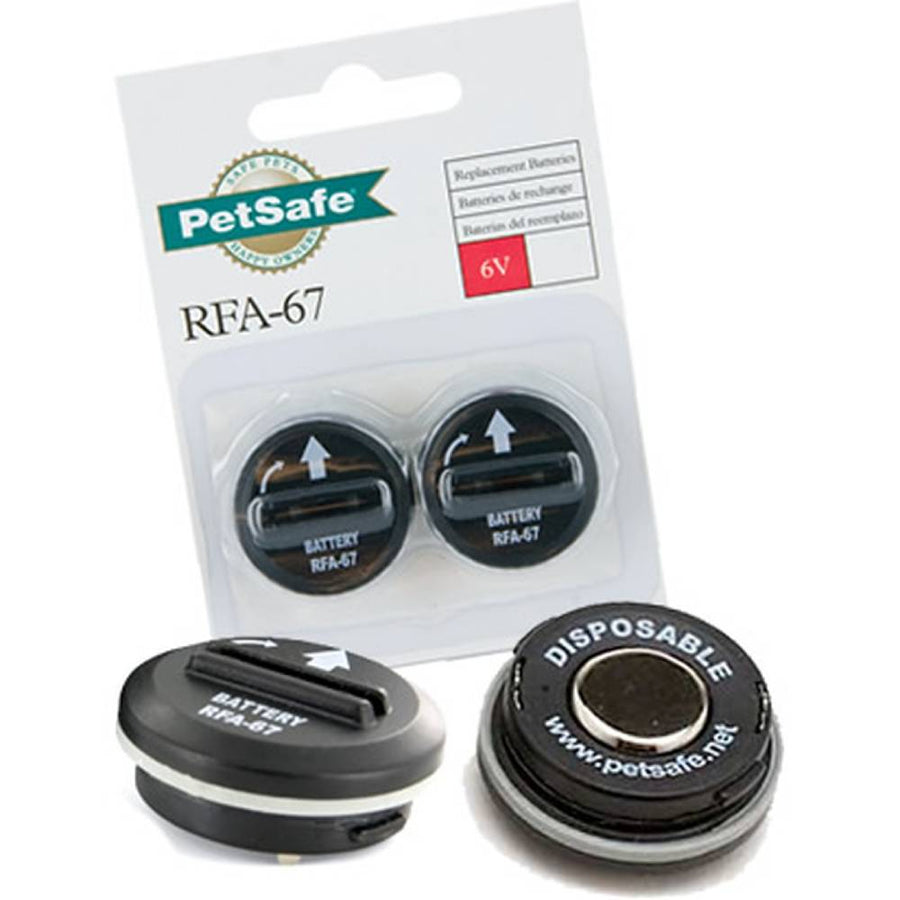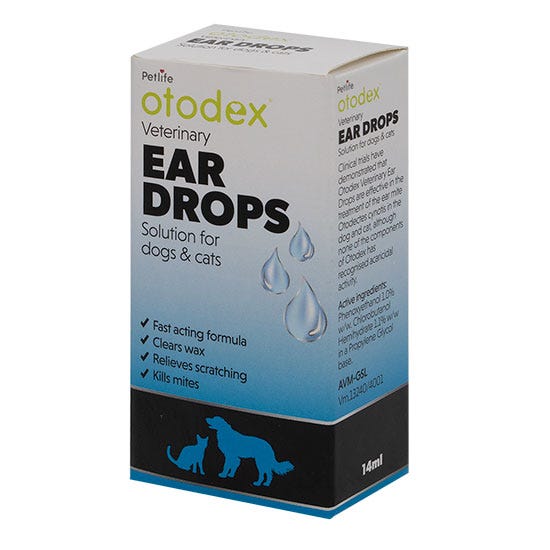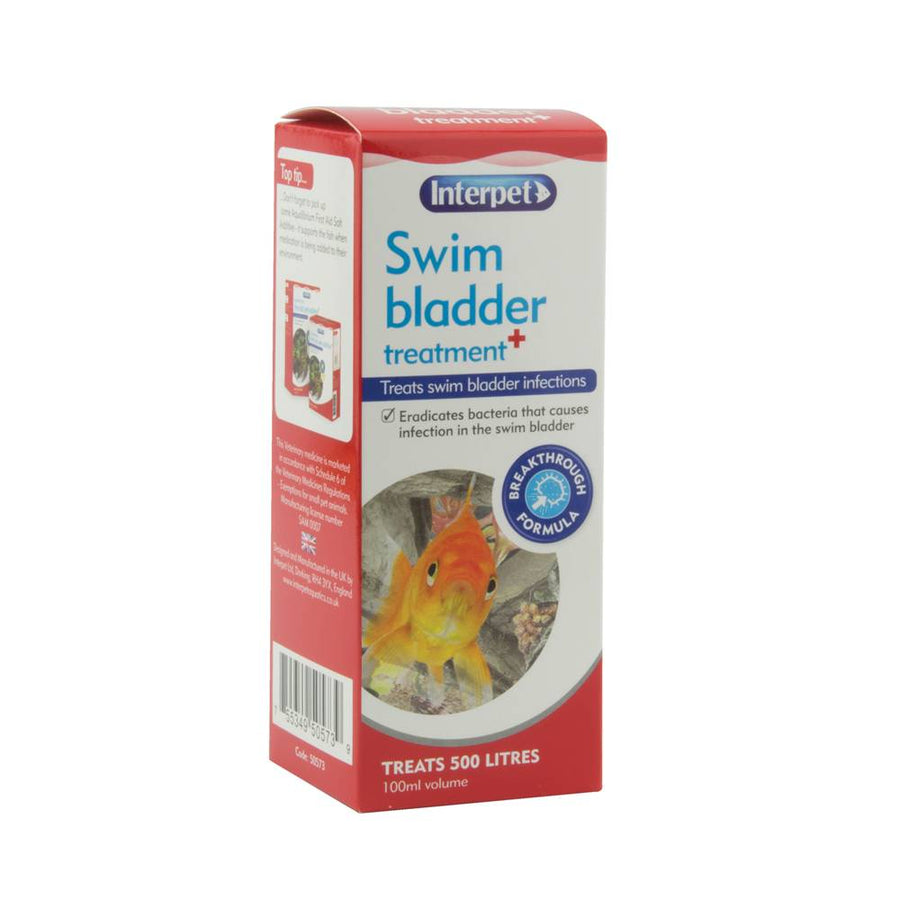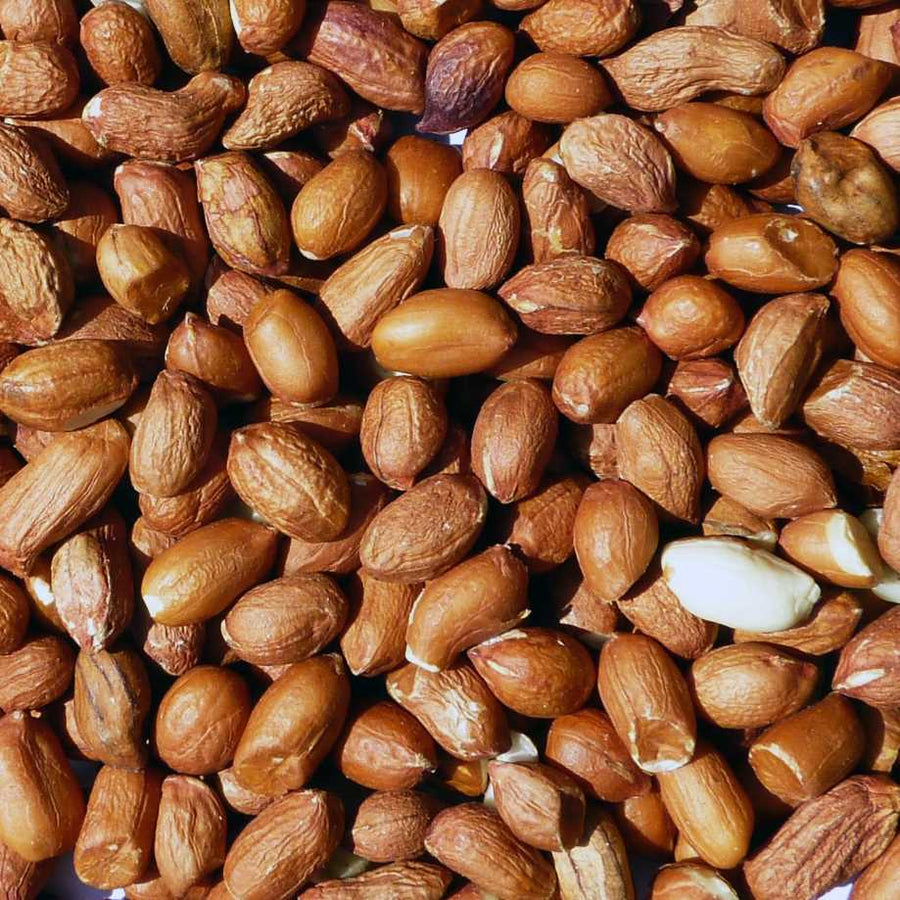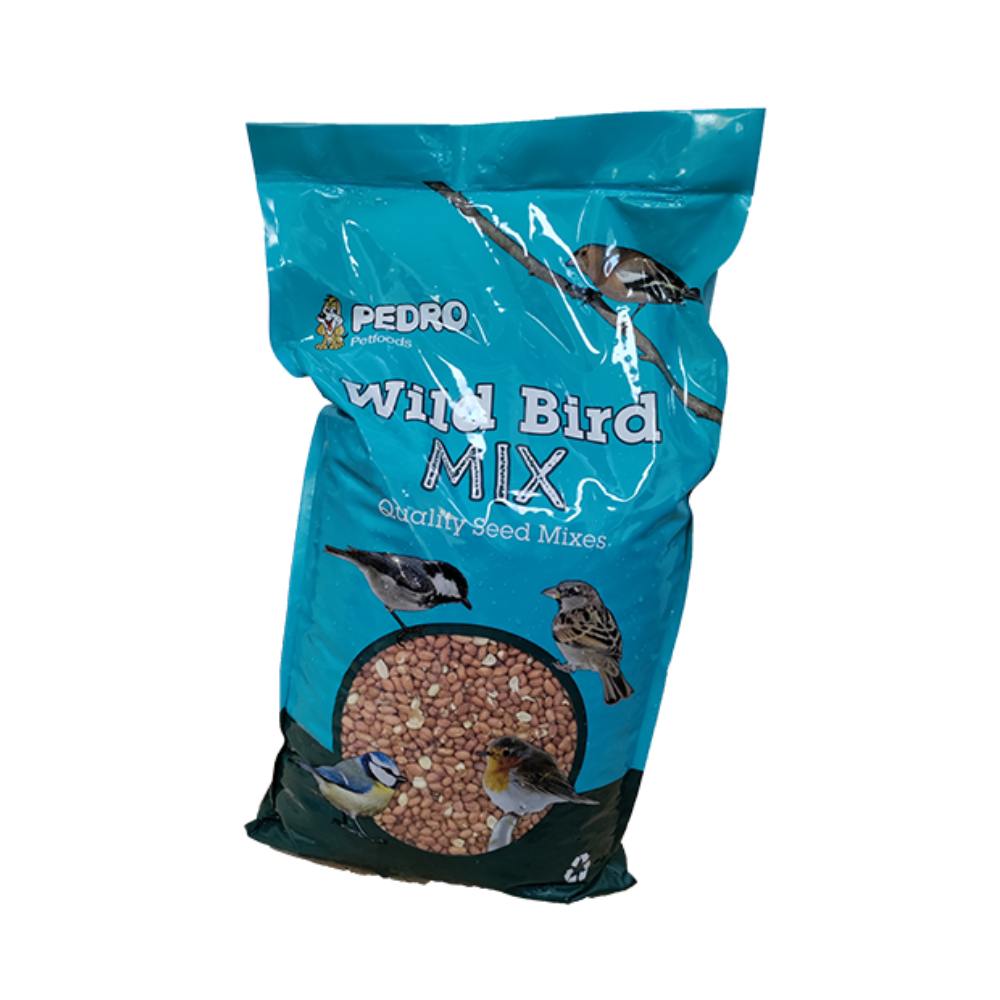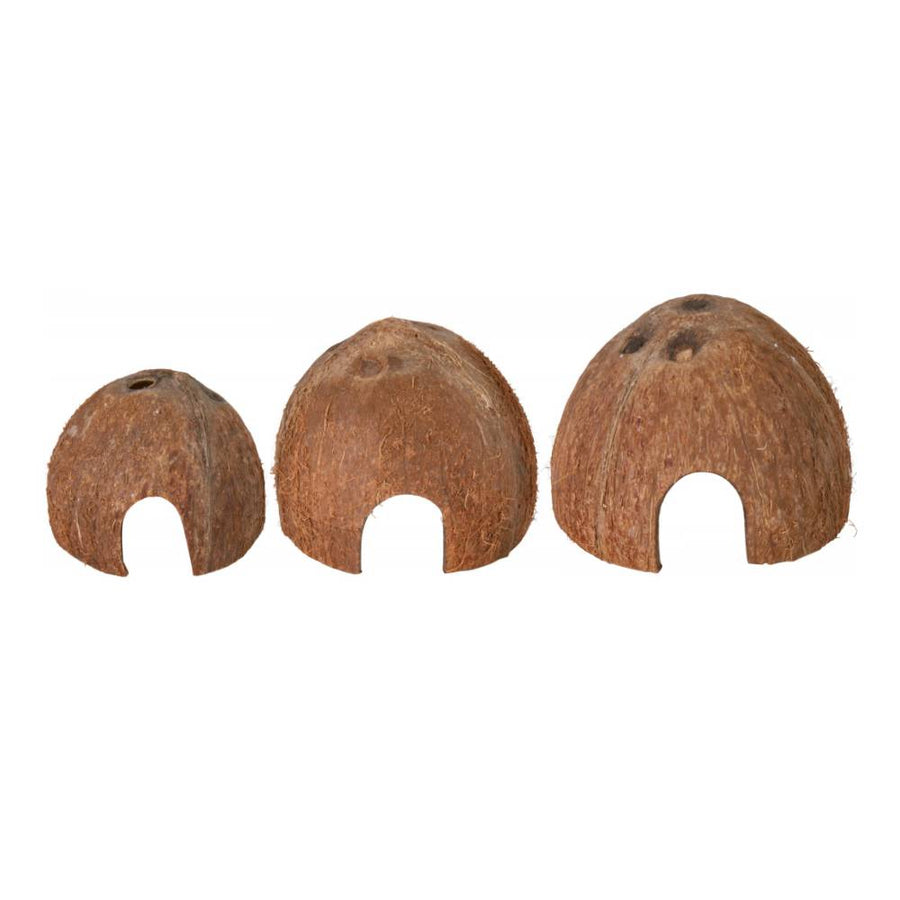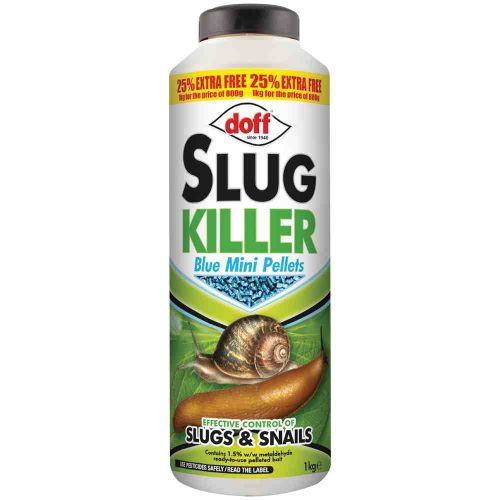Wild Birds
| Making the decision to invite wild birds into your garden by offering them a healthy and abundant feeding source is one that will bring you much pleasure and satisfaction. Before you hang your feeder and await the birds’ colourful plumage and sweet songs, there are some helpful basics that every wild bird enthusiast should know. |
Types of feeders
come in an infinite variety of shapes, sizes, styles and materials. The types you choose will be based largely on personal preference as well as the types of birds you wish to attract. Some feeders are specifically for peanuts and seed and so will fall through the feeders, so be careful choosing. You will want a feeder that will hold at least a few days’ worth of food at a time, so you won’t have to constantly refill it. You’ll want to make sure seed is available at all times, because the birds will quickly come to rely on your feeder as a source of food and you don’t want to let them down.
Is the feeder easy to clean?
Feeders should be thoroughly cleaned with a solution of diluted bleach or other disinfectant at least once a month. Use a brush to scrub away any mould or mildew. In very damp climates or seasons, check the seed every few days to ensure that it stays dry. Seed that becomes too damp can cause mould to grow, and the spores can be very harmful to birds if inhaled or ingested.
Where to place the feeder
You’ll want to place the feeder where it is visible from a frequently visited vantage point inside your home. Hang it high enough (at least five feet) so the birds are safe from cats and other predators. Hanging a feeder near lush evergreens or hedges will provide birds with summer nesting sites and protection from winter winds. As your appreciation for wild birds grows, you may even choose to plant specific plants and trees known to be favoured by certain species of birds. These will vary depending on climate, location and other factors, so consult a local garden centre to find out what works best in your area.
Water
Providing fresh, clean water is an important part of any wild bird environment. In fact, a clean water source placed near your feeders may attract up to twice the birds as a feeder alone. Clean water can be provided in a birdbath, fill the birdbath daily. There are plenty made for this purpose. It is especially important to provide water in the winter, when other sources are not available.
Seasonal feeding
Once you begin feeding wild birds, they’ll quickly come to rely on your feeders as a food source, so you’ll want to keep them filled year-round. During the spring and summer, and in warmer climates into the autumn, providing seed is adequate. During the cooler late autumn months and throughout the winter, you’ll also want to offer foods with a higher fat and energy content. These include balls of high-energy fat with seeds mixed in as well as peanuts and other seeds. These foods will help sustain birds through the long winter nights and cold days.


